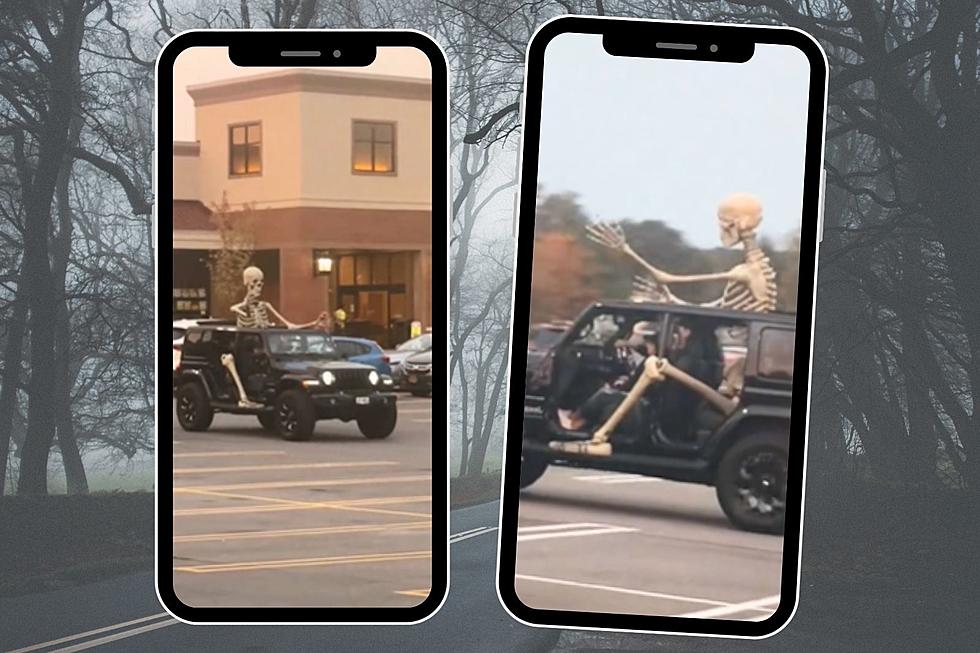
Who Is Tonci Zonjic? A Master of Cinematic Comics

Nathan Edmonson and Tonci Zonjic's Who Is Jake Ellis? (buy digital) is an Image book that's probably flown under your radar. The Jake Ellis of the title is a ghost who lives in a spy's head, feeding him information and strategy. Jon Moore is the spy, and circumstances conspire to force him to find out where Ellis comes from and the secret of how they're tied together. Three issues have been released thus far, and it's shaping up to be an interesting mystery/ghost story with sharp writing and sharper art. The series also raises another good question: Who is Tonci Zonjic?I first saw Zonjic's art when he did some work for The Immortal Iron Fist: The Seven Capital Cities of Heaven, written by Ed Brubaker and Matt Fraction. He didn't catch my eye then, exactly, but he bounced around for a few months, working on odd issues here and there, before taking on art chores on the incredibly mis-marketed Marvel Divas with Roberto Aguirre-Sacasa. And a little under a year later, he created Heralds with Kathryn Immonen and knocked my socks off.
Heralds was a special comic. Immonen's script was great, as usual, but Zonjic's art had grown by leaps and bounds. He embraced the off-kilter weirdness of Immonen's script and took it to the next level, and together they made a book with great dialogue, inventive layouts, and perhaps most of all, a great sense of humor. This is the book that made me stand up and say, "Wow, this guy is pretty great."

Widescreen action was a big thing a few years back. Marvel in particular went for comics that showed slam bang action in lots of wide, short panels with tons of detail. It's an attempt to replicate the feel and scale of a movie on the comics page by borrowing some of the same visual language. Sometimes it works, sometimes it doesn't. Comics pretending to be movies are generally a mixed bag.
The thing about movies is that the motion of the camera, or lack thereof, is crucial. Widescreen action just requires a good visual effects team. The joy there comes from getting to see a lot of detail and tremendous action simultaneously. Good movies, though, require a good director. The first half of Akira Kurosawa's High and Low takes place largely in one room, with horribly brief cuts to other nearby locations. The cumulative effect of everything happening in this small area is claustrophobia and stress. All of space/time is dialed down to a single point, one location, and all of the troubles and worries of the characters fill the room near to bursting. In the second half, Kurosawa flips the script entirely, bringing in bullet trains, long pans, wipes, and new points of view. You go from a passive observer to a part of the action, and the result, incredibly, is even more tension. Kurosawa when to force you into one position and knows how to lead your eye. That's the sign of a good director.
Zonjic's comics are like movies, but rather than going for widescreen action, he uses motion to give his comics a highly kinetic feel. He can pull your eye across the page, give you something to linger over, and then split a millisecond up into several distinct points. His action scenes are near-flawless, his body language on point, and he makes creative and effective layouts look easy. Zonjic is a good director.
Who Is Jake Ellis? even begins with a cinematic trope. It opens on a tense conversation that soon gives way to violence, before a thick black caption appears that simply says "STOP." The story rewinds to "fifteen seconds ago" and we get a new look at the action we just saw. This fills in the blanks, solves a couple of minor mysteries, introduces one huge one, and then we rejoin the story in progress. You've seen this before, I'm sure, and it's a tough thing to pull off in comics, but Edmondson and Zonjic nail it.
The second page of the preview shows exactly what I mean when I say that Zonjic's art is cinematic. Moore ducks to dodge a bullet while running, and then leaps off the bow of a boat. It's an easy scene, something every hero this side of Spider-Man has done, but the way Zonjic renders it is fascinating.
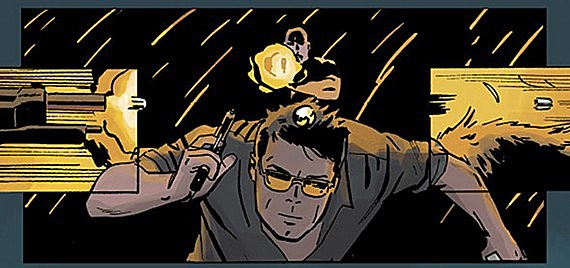
Comics read left to right, and the pace is determined both by the art (the size of the panels, level of detail, color, etc.) and how you personally read comics. Rather than using panels of equal size to create the scene, which would give each individual panel equal importance, he draws one huge panel (the duck) and frames it with two smaller ones (the gunshot and the miss). Here, the small panels are subordinate to the bigger panel. This is the comic book equivalent of slow motion. Think The Matrix or your favorite John Woo film.
The net result is a scene that looks great and is instantly understandable. The transition from close to wide and back to close again forces you to read this page a certain way, and the bullet travelling from left to right across the page is your guide, despite the shift in perspective. This is good work with simple tools. "How do we read comics? What are the basics here? Okay, now, how can we use that to our advantage?"

The fun doesn't stop there, either. The next three panels are a doozy. Panels four and five, where Moore yells "Are you sure?" and leaps off into the darkness, come at you rapid-fire. Look at the position of his arms and legs. Panel five is the very next stride, so he pushes off in the gutter between panels four and five. Your mind instantly fills in these blanks as you read, creating the illusion of motion just due to Zonjic's smooth choreography. He gives you enough rope to hang yourself here, and your mind does the rest. This is how comics should work.

And then, at the bottom of the page, is another great panel. We go from the split second depicted in panels one through three to the moment in panels four and five to panel six: Moore leaping off a boat while fireworks go off. He's frozen in space, forever falling, as the comic commands you to stop. Zonjic art forces you to go from slow to faster to stopped.
That's just one page. I haven't even talked about his integrated sound effects, great body language, sense of fashion, the little touches he adds to characters, or the way a later scene in the first issue fades almost entirely to black while two men have a conversation. Zonjic has style and a surplus of talent. Every book gets better and better. He's doing the color art for Who Is Jake Ellis? now, too, and his work there is just as astonishing as his line art.
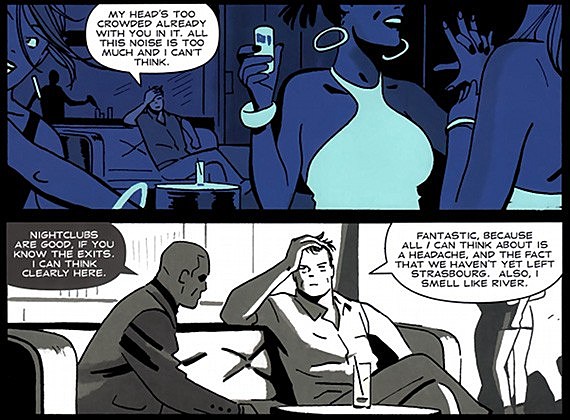
The first two issues of Edmondson and Zonjic's Who Is Jake Ellis? are available on ComiXology's digital comics service for two bucks apiece, and I recommend these without reservation. Edmondson's script is clever and fun, and Zonjic knows how to draw crime comics with the best of them. You can check out Zonjic's blog (the topmost post, "motion", is stunning in gray and purpleish blue), read his story from PopGun 3, or just check out a preview of Who Is Jake Ellis? #1 below.






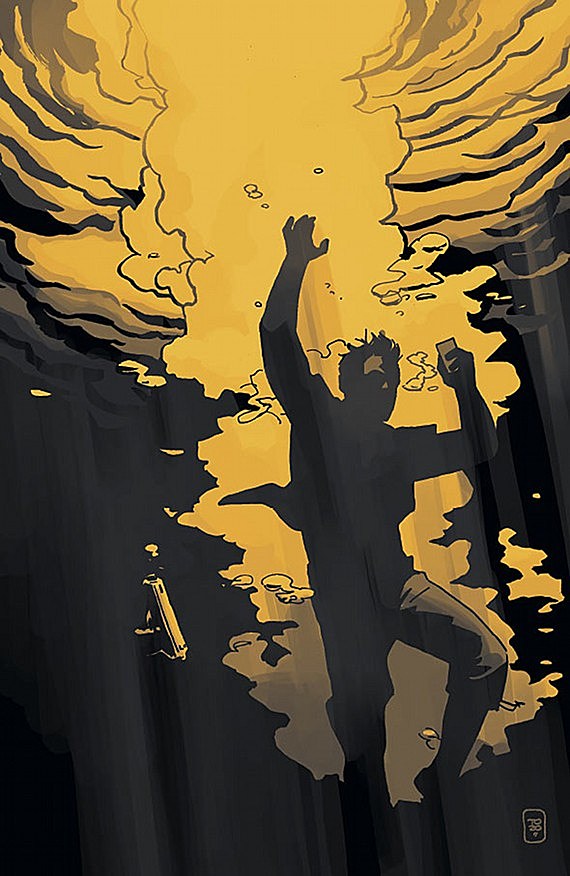


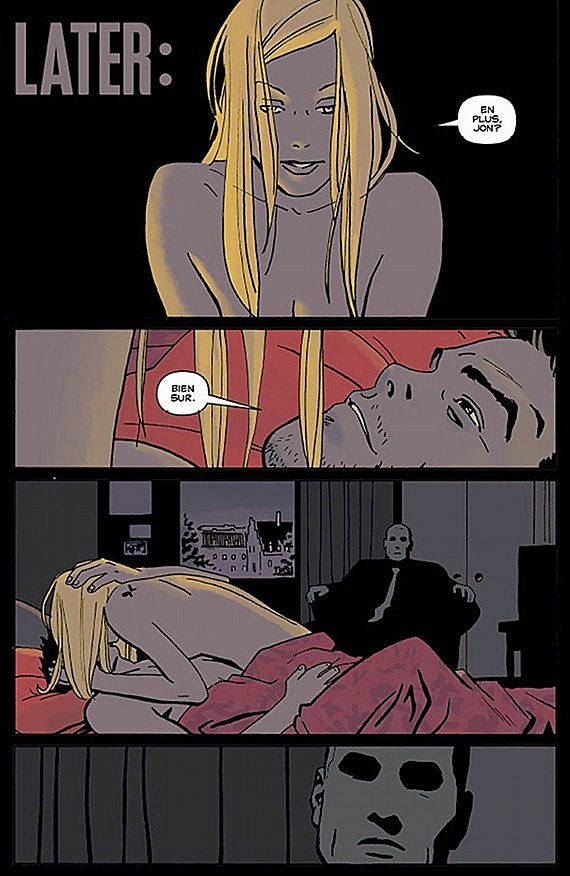
More From ComicsAlliance
